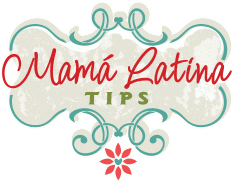Have you ever wondered what the Day of the Dead ofrenda is? This offering, part of the Día de los Muertos Altar, includes several elements, each with a beautiful symbolism. Learn about them today.

When is the Day of the Dead?
The Day of the Dead or Día de los Muertos is celebrated from October 28th to November 2nd. The first two days in November are the most popular, November 1st is All Saints' Day and November 2 is All Souls' Day.
Many Mexicans believe that during the Day of the Dead, our loved ones who have passed away return to visit us.
This is why we prepare their favorite foods, bring out their favorite things, and remember them with love.
The Day of the Dead Ofrenda
One of the most representative images of the Día de los Muertos celebration are the Day of the Dead altars that, full of color, present the offering to the souls of the faithful departed.
The ofrenda is the gift that the living offers to the dead.
The Dia de los Muertos altars and their offerings invite us to gather, in spirit, with the souls of our loved ones and remember them through stories of what we enjoyed together when they were alive.
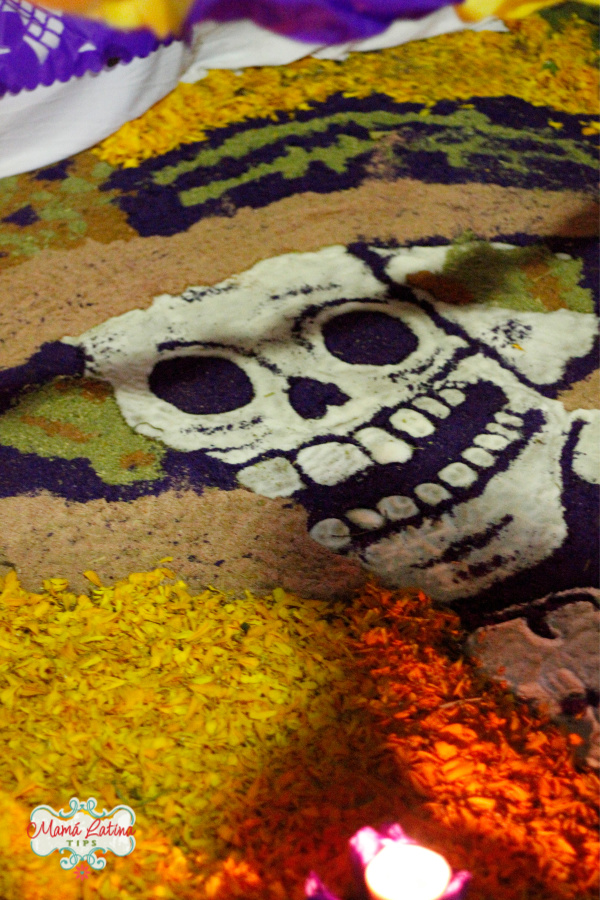
These altars are very diverse and, since family members create their own for their loved ones, they are also very unique. If you were to enjoy Day of the Dead celebrations in Mexico you would be amazed to see their diversity.
Some have pre-Hispanic themes, others religious themes and still others have more modern themes. There are altars created for children, for adults and even for a favorite singer, but home altars are definitely the most common and recognized.
Day of the Dead Ofrenda Elements and Their Meaning
The ofrenda is presented on the altar de muertos. These altars may include several levels or steps with the Seven-level altar the most traditional.
As I mentioned, each altar is personal and individual but some common elements are regularly part of it and that have a special meaning. Here is a list of the most common of them.
1. Flowers
Flowers are festive, colorful and aromatic, three essential elements of any Day of the Dead celebration.
White flowers represent the sky, yellow represent the earth, and purple, mourning.
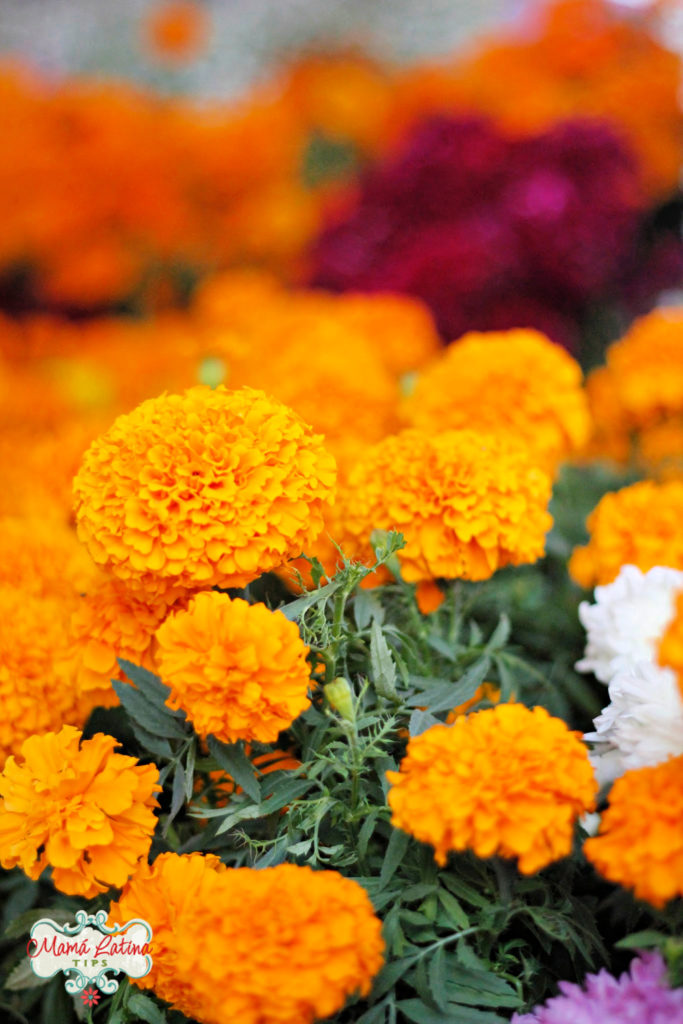
Mexican Marigold
It is believed that cempasúchil ( or cempazúchitl) flowers, also known as flor de muerto, due to their bright color and strong scent, guide the steps of the souls of our loved ones during their long journey. That is why they are never missing from the ofrenda.
The marigold's petals serve to create paths showing souls the way home to the world of the living. On some altars, you can also see them on the floor in the form of a cross with candles on both sides.
Learn how to make paper marigold flowers.
Alhelí and Nubes
Their white color represents purity and traditionally adorn children's ofrendas.
2. The Food
Ofrendas are often filled with favorite dishes of deceased loved ones; it is believed that placing them on the altar will sustain them when they get back home.
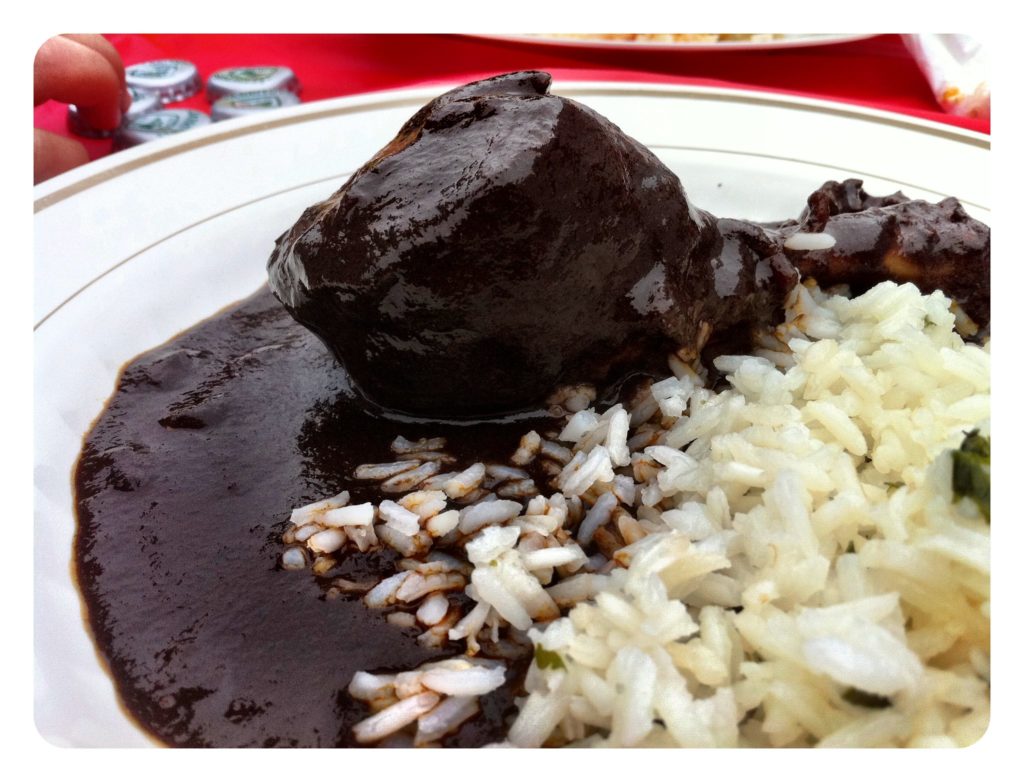
Los Guisos (traditional Mexican dishes)
Mole is traditional, not only because it is one of the most popular ancient Mexican dishes, but because its aroma can also guide souls back home.
Other special foods include tamales, enchiladas, tacos and calabaza en tacha (pumpkin in caramel sauce).
El Pan de Muerto
This sweet bread is one of the most precious elements on the altar and symbolizes fraternal love. For Catholic families, this bread represents the body of Christ.
If you are interested in knowing more about it, here is the recipe for Day of the Dead bread and its symbolism.
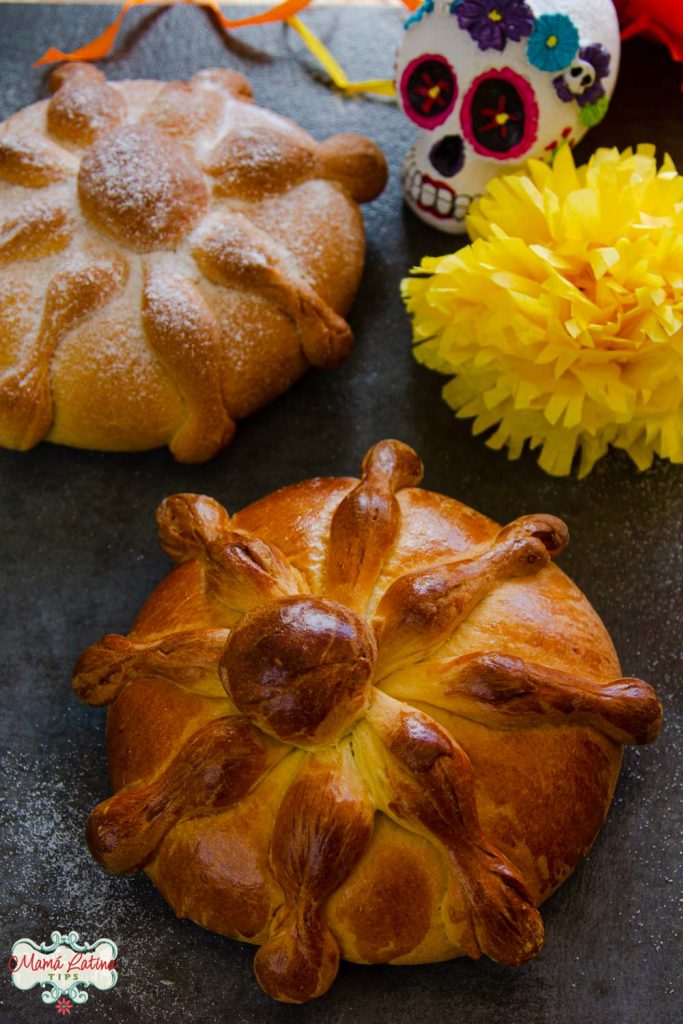
Beverages
Hot chocolate in water or milk is the most popular, as is champurrado. Obviously, the favorite drink of the deceased must be present, along with other traditional beverages like atoles.
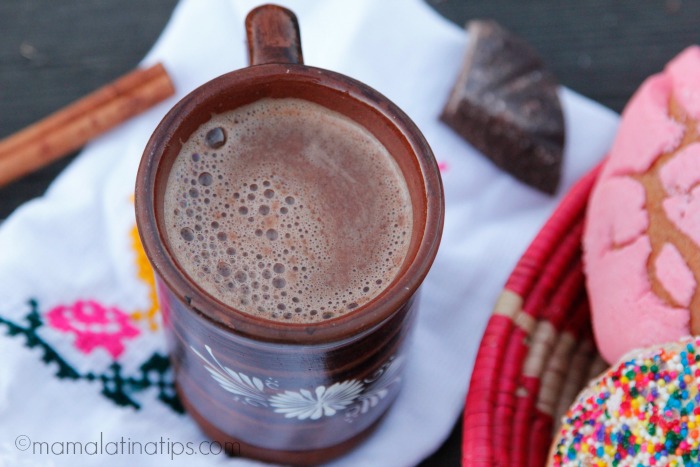
On some altars, you may see liquor or alcoholic beverages like bottles of tequila or rum, if the deceased family member used to drink them.
Fruit
Fruit represents nature's abundance. Some of the traditional fruits are tejocote (apple hawthorne), tangerine, orange, jicama, apple along with sugar cane, plus any favorites of the deceased, of course.
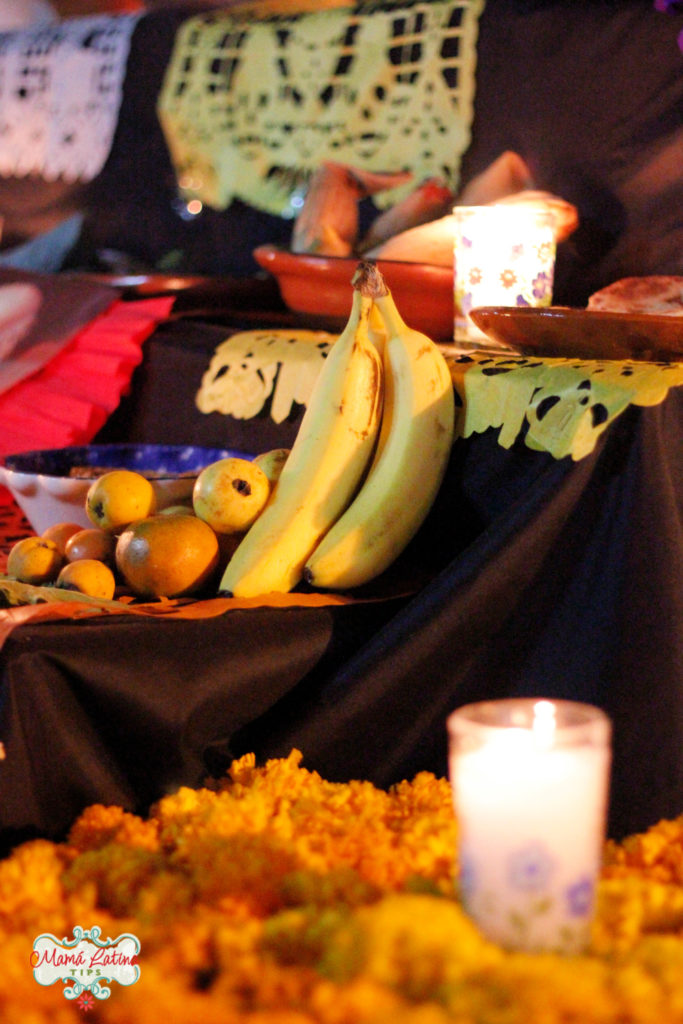
Sweets
To sweeten the arrival of the loved ones, especially for the souls of children. Some include candied pumpkin, jamoncillo, crystallized fruit, cocadas and chocolate skulls.
3. Candles
The candles or veladoras represent the ascension of the spirit and light. Also, just like the marigold flowers, they guide the path of the deceased and light their way back to the world of the dead.
Near some altars you may see groups of 4 candles on the floor indicating the cardinal directions.
In some indigenous groups a candle is placed for each soul.
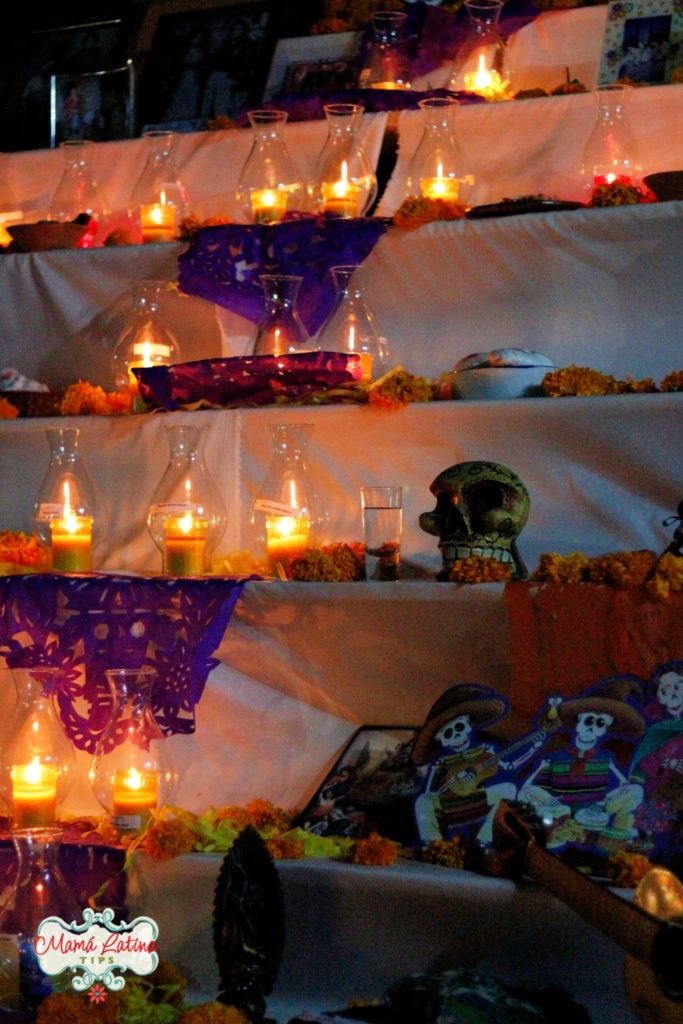
4. The Cross
The cross represents Christ's sacrifice, salvation and all the blessings that this brings. Some altars have a crucifix, others crosses made with salt or ashes.
5. Incense or Copal
Aromatic incense symbolizes the passage from life to death. It is an element of purification that is believed to drive away evil spirits, so souls can enter the house without any danger.
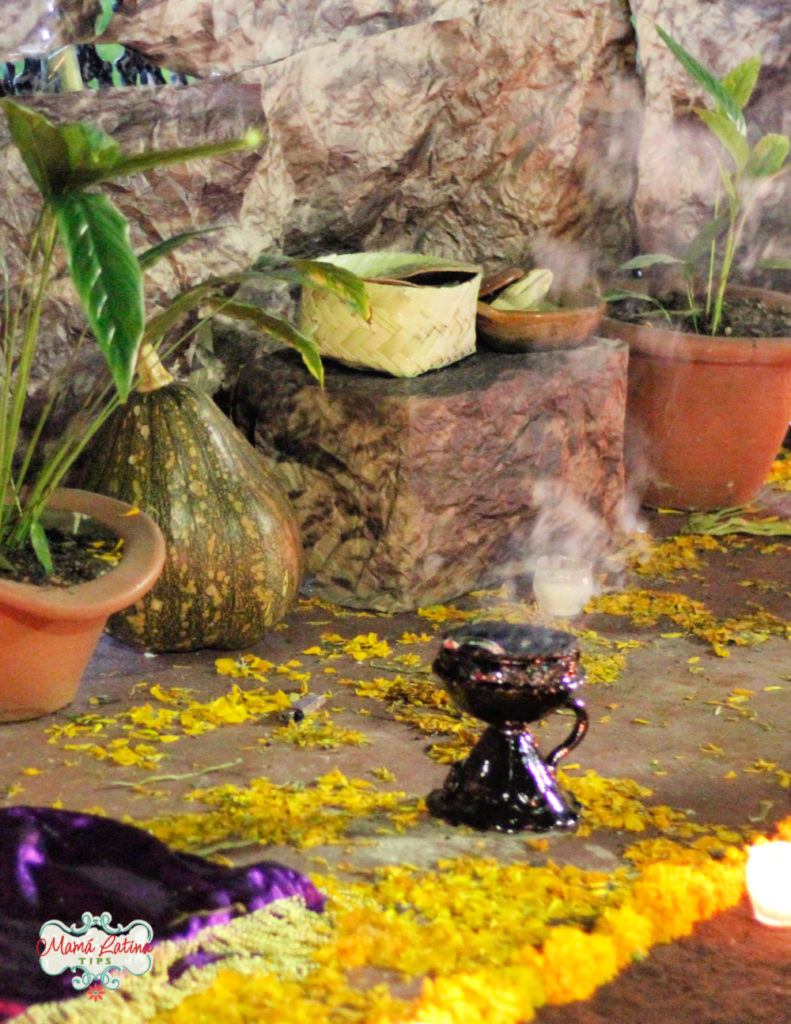
During pre-Hispanic times, indigenous communities offered copal to the gods; however, the arrival of the Spaniards brought incense. This is another example of the cultural mix of this Mexican tradition.
6. Papel Picado
Papel picado, with its vibrant color, symbolizes the joy of living and also represents the air. It is made with tissue paper and in various colors and shapes.
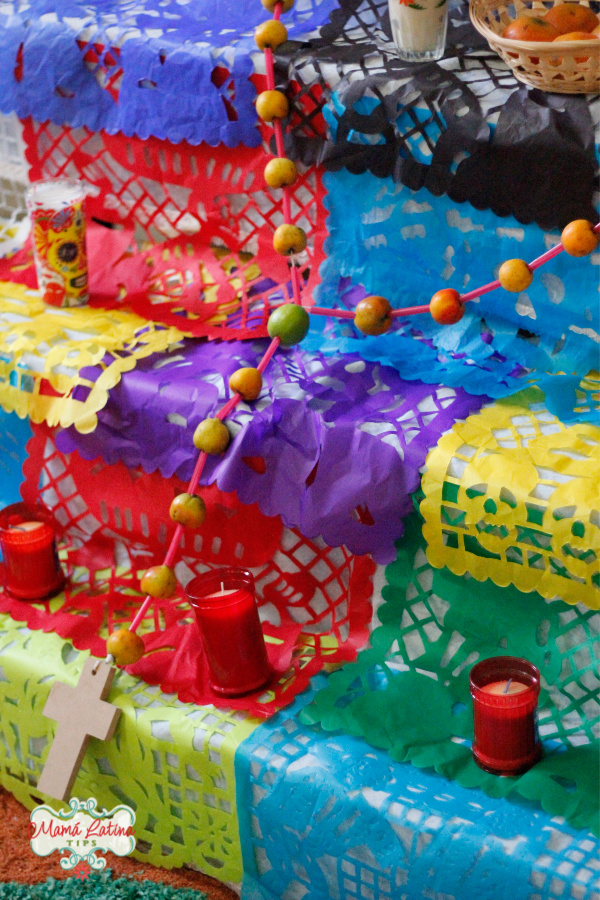
7. Sugar Skulls and Skeletons
Sugar skulls remind us of the fragility of life, they tell us that death is always close to us, always present.
They can be made of non-edible ingredients or ceramic.
However, you can also make edible sugar skulls.

Some have a cross on their forehead, but many bear the names of the deceased instead. On some altars, you can also see images of La Catrina.
8. Salt
Salt is a purifying element, it helps preserve souls on their round trip each year.
9. Cup of Water
Water represents the purity of the soul, but it is also offered to quench the thirst of the departed souls after their long journey from the land of the dead.
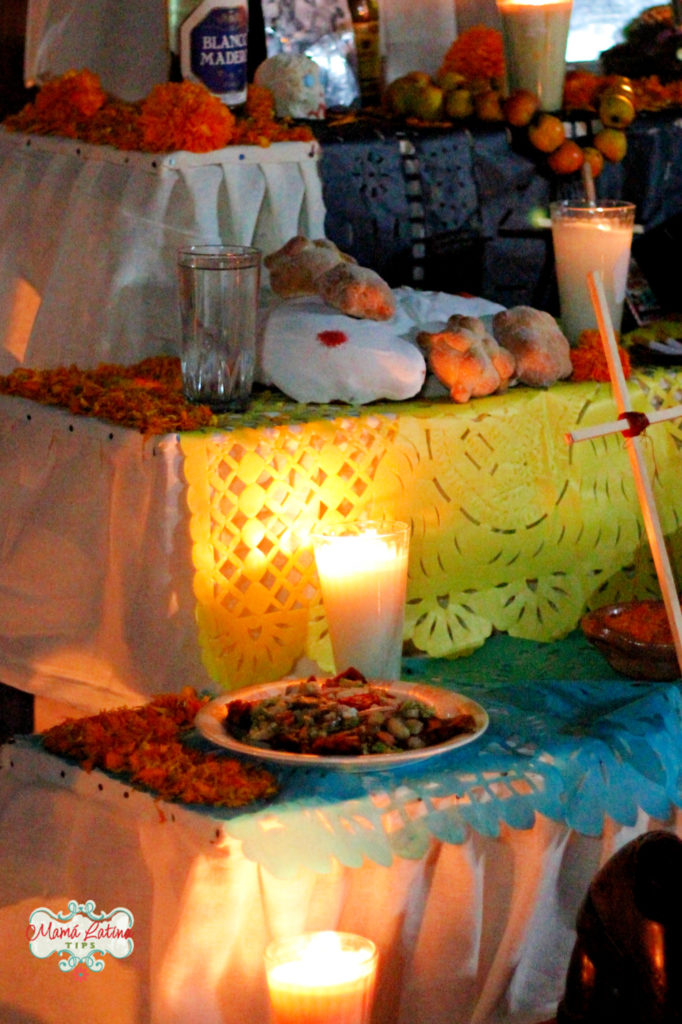
10. Photos
Portraits of loved ones who have passed are almost always present. Some altars present the photo as hidden and can be seen only with a mirror that reflects the image to remind us that the loved one can be seen but no longer exists in our earthly world.
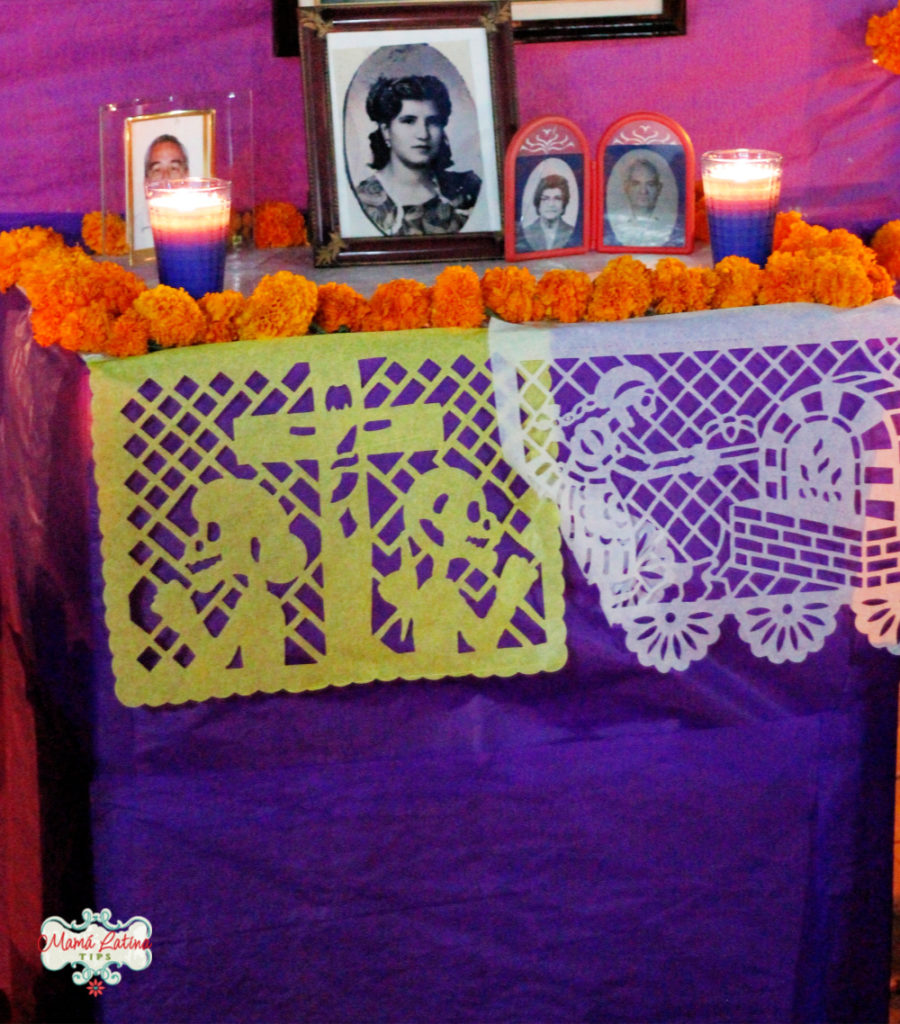
11. Personal Objects
Favorite personal items of the deceased like games, musical instruments, books, etc. On our altar, we even put a canoe on one side (a canoe was one of my father-in-law's favorite things).
12. Images of Saints and Animas
Some altars include images of saints or other religious images; this symbolizes the intercession they provide between the living and the dead.
Other altars include an image of the souls in purgatory to pray for the freedom of the soul of the deceased, in case he was found in that place.
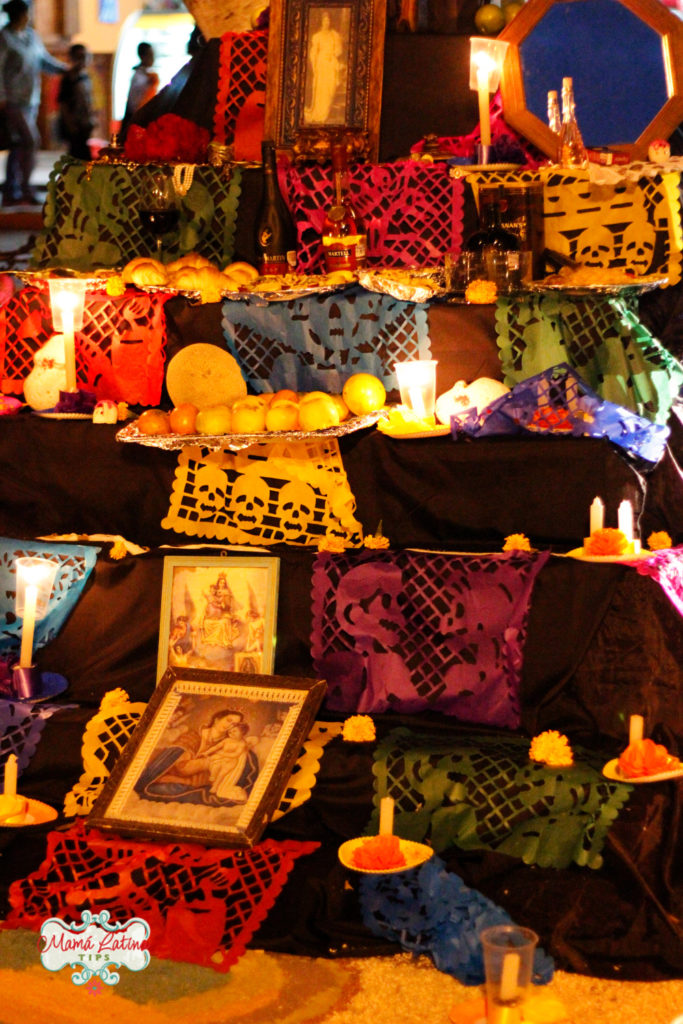
13. The Aguamanil
This basin, along with soap, a towel, and a pitcher of water, are offered in case the deceased in the family wishes to wash upon arrival.
14. The Petate
A petate is a bedroll used in Central America and Mexico made of woven natural fibers.
On some altars, it's used as a decorative element due to its texture, however for many indigenous communities it is an essential element because it's a place of rest.
The mat is offered to the deceased so that he can rest after the long journey.
15. White Tablecloth
The white tablecloth or canvas represents purity, heaven. In some altars the tablecloth covers all levels, in others, only the upper level.
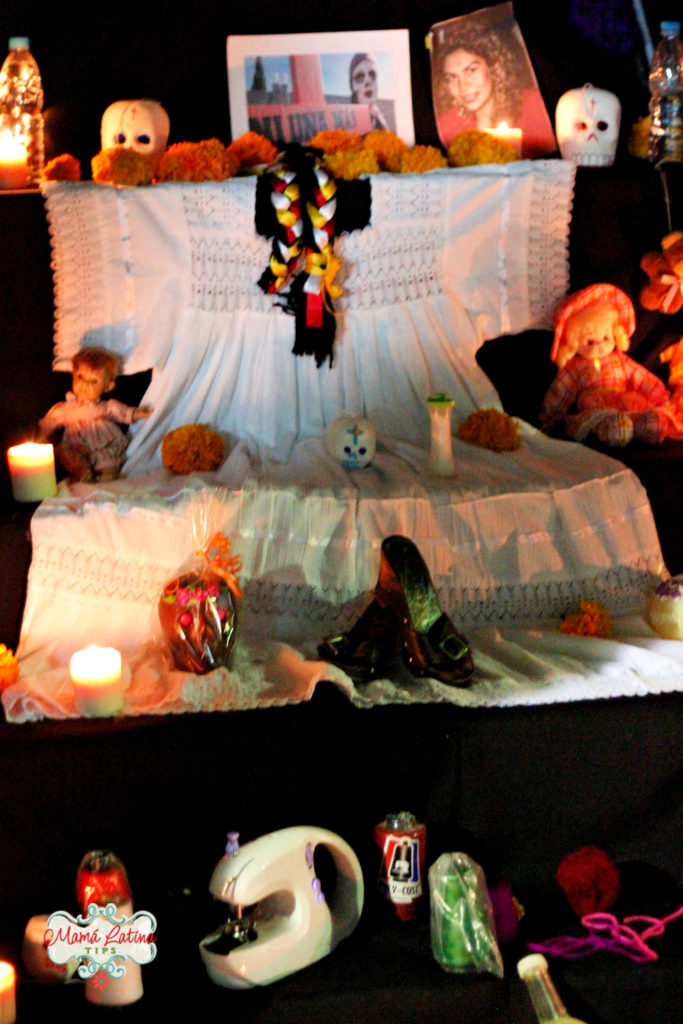
Some altars have a ceramic figure of the little izcuintle dog (Xoloitzcuintle), a breed of dog revered since pre-Hispanic Mexico.
It was believed that these animals guided souls and helped them pass the mighty Chiconauhuapan River on their way to Mictlán, the city of the dead.
This pre-Hispanic dog was also valued in the underworld because it was associated with the god of death, Xolotl, so it was believed that you had to be good to them to enjoy death without suffering.
These are many of the essential elements that are generally found on the Day of the Dead altar. Keep in mind that there are no identical ofrendas; each one represents a particular family.
We’re ready for Día de Muertos, how about you?
Sources
- Personal experience
- Stories from my grandmother
- Instituto Nacional de los Pueblos Indígenas (National Institute of Indigenous People)
- México Desconocido
- Gobierno de México Government of Mexico website
- Mexican Chorizo and Potatoes (Papas con Chorizo) – Easy Family Recipe - November 29, 2025
- Traditional Guava Atole Recipe – Smooth and Creamy - November 14, 2025
- Mexican-Style Mushrooms - October 31, 2025










